BEREC, the Bureau of European Regulators in Electronic Communications, has published guidelines on “how to assess the effectiveness of public warning systems transmitted by different means”.
What is this document about?
The European Electronic Communications Code (EECC) makes it mandatory for Member States to deploy by December 2022 technologies that allow sending Public Warning alerts by telephone to everyone present in an affected area (article 110(1)). In practice, two technologies allow this: Cell Broadcast and Location-Based SMS. However, Member States also have the possibility to deploy apps as an alternative (article 110(2)) if the following 5 conditions are met: 1. The app should be as effective as cell broadcast or location-based SMS “in terms of coverage and capacity to reach end-users”; 2. The reception of the alert should be easy (users should not be required to log in or register); 3. The transmission of the alert should be free to the user; 4. Roaming users should be informed when entering the country on how to receive the alerts (for instance in a ‘welcome SMS’); 5. It should be privacy-friendly. In order to assess the first condition (whether the app is as effective as other technologies), BEREC which could be considered as a kind of EU agency for telecommunications was tasked with drafting guidelines by June 2020 on how assess the effectiveness of Public Warning System.
The guidelines are available here.
What’s in this document?
The document first reviews the different technologies that exist and then sets a list of criteria to assess the effectiveness of each technology. These criteria, together with the methodology suggested should be carefully looked at by the Member States if they considerer using an app as an alternative and need to justify that this solution will be as effective as other technologies.
What this document is not about?
The purpose of this document is not to help the Member States chose one technology over the others. It is hence not the purpose of the document to draw the pros and cons of each technology (though this is briefly described). This document’s aim is only to define methodology and criteria that will help Member States. But even assessing the number of downloads of an app is left to the discretion of Member States, as mentioned in section 5.4 of the document: “It is not possible for BEREC to include a baseline performance analysis, which is up to the competent authorities when assessing the envisaged [alternative]”.
EENA’s reaction to the document
Overall, the document is of good quality and shows that a lot of work has been done to produce these guidelines on time. This document can be a great help for public authorities implementing article 110 of the EECC but this should not be the only source of information. While this is not described in the document, EENA considers that an app will very hardly reach the same capacity as location-based SMS or cell broadcast in terms of number of people covered.
Finally, EENA would like to remind that while the implementation of the EECC is about technologies, implementation of such systems require solid and well-defined strategies on how these public warning systems will be used.
Other documents
- EENA’s document on Public Warning Systems
- EENA’s document on the European Electronic Communications Code
Need more help?
EENA remains at the disposal of public authorities who require assistance with implementing the EECC in bridging with vendors, facilitating meetings and sharing best practices in other countries.
